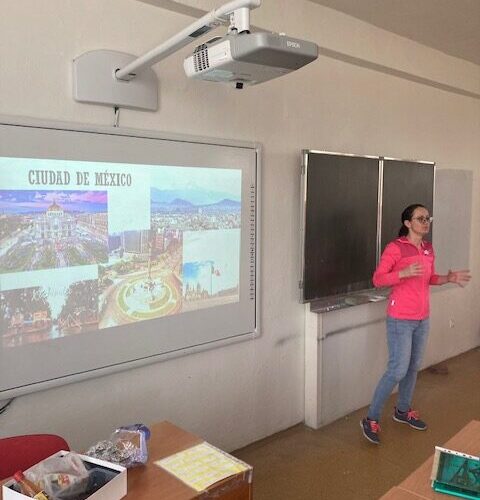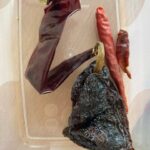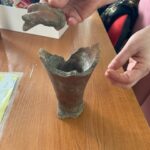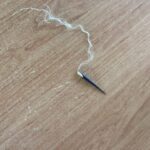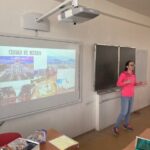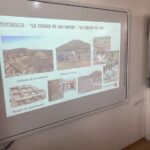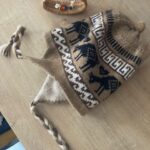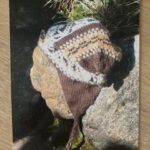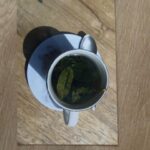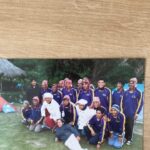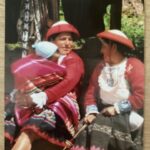Do you like corn and chocolate? Do you know how they got to Europe? Do you know Tenochtitlan, Texcoco, Titicaca, Chitzen Itza, Cuzco, Lima, Machu Picchu, Chinampas, Pok-a-Tok, Tlachtli, Quetzalcoatl and Quipu? The seventh graders already do.
As part of experiential learning in history lessons, pupils 7. year set off with me and my teacher Betka Cesnekova to the Aztec, Mayan and Incan empires. The teacher Betka had lived in Mexico and so she knew best how to tell them about the places she herself had visited and which are associated with the Aztec and Mayan civilizations, and I about the Inca Empire and their lost city. Machu Picchu.
The Aztecs were progressive in the sense that they were one of the first civilisations to ensure that every child could attend school. They played a game with a rubber ball and stone hoops called tlachtli . They used coffee beans as payment. The Aztecs used herbs as medicines and used, for example, steam baths to cure diseases. They even developed the use of chisels for broken bones. Tenochtitlán was a huge city on an island in the middle of Lake Texcoco. They even built floating gardens or Chinampas around Tenochtitlan. Chocolate and corn were consumed extensively, just as they are today!
The Maya grew crops such as corn, beans, squash, tomatoes, chili peppers, cacao (chocolate) and avocados. Their observations of the planets and stars allowed the Mayans to create one of the most accurate calendars in history. Their calendar predicted every year until 2012. The Mayan pyramid of Chitzen Itza, which is one of the 7 wonders of the world, has as many steps as there are days in the calendar.
The Incas were masters at building suspension bridges. They built Machu Picchu with stones that were precisely stacked on top of each other, without the use of any binder. In Cuzco, people sell freshly baked unleavened bread, pieces of sliced melon, fresh juices, old books, scraps of toilet paper, brightly colored ponchos, hats, llama wool scarves, and other trinkets. We have such a cap at home too. On the way to Machu Picchu you are accompanied by porters and to keep you in check they will brew you tea with coca leaves. The Inca language is Quechua, which is still spoken in Peru today. The Incas did not have a writing system. They kept records of events and transactions using an intricate system of ropes of lamé wool on which they made knots- quipu .
Thank goodness we have Google, so we could walk around the lost Inca city of Machu Picchu from the comfort of our classroom.
And finally, a big thank you to our teacher Betka for her time and engaging talk about Mexico.
PaedDr.Mgr. Mária Baučeková



